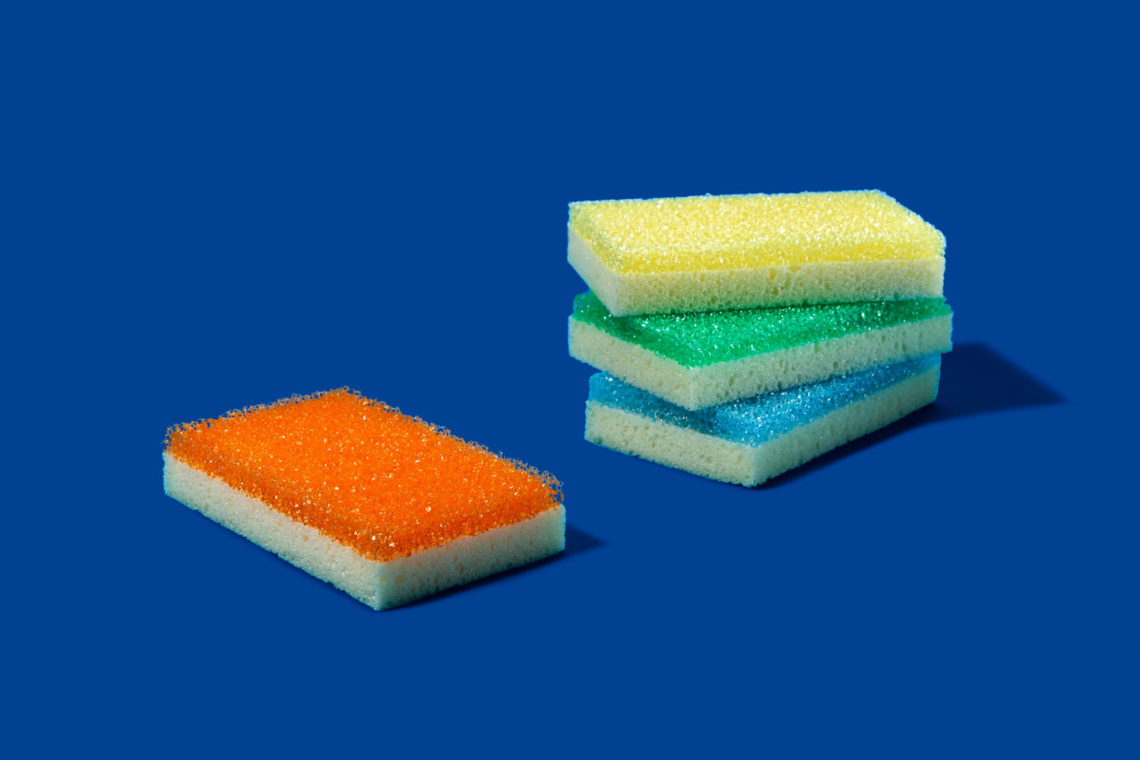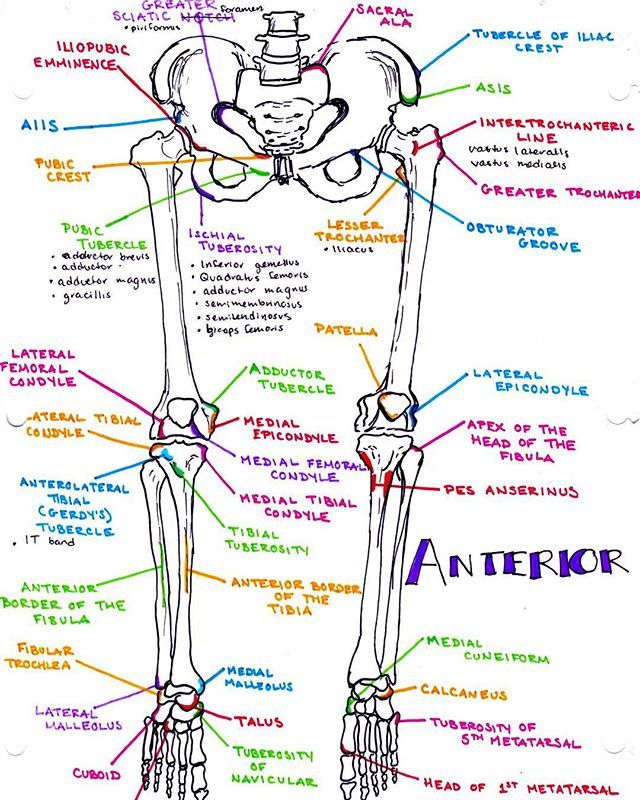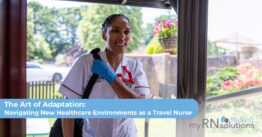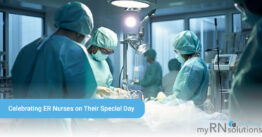
I was a Sponge.
I am a solid six months into my permanent placement in Asthma, Allergy, and Immunology. For the first month, the pace of the office was slow as we began to build our patient base.
Each new patient visit was an hour-long, and we saw six new patients a day. The light schedule allowed me and my fellow nurse to comfortably learn the how’s and the why’s of what we were doing.
Since I was new to this particular specialty, I felt like a sponge: absorbing each new patient and circumstance with curiosity and a readiness to learn.
After the first month, I knew the basics of my job. I was able to perform tasks for common conditions without thrusting a million questions to my doctor.
However, there would inevitably be new material to learn each and every day: a new diagnosis, a new process, a new treatment.
Despite mastering the most fundamental aspects of my job, I was overwhelmed by the sheer amount of unknown things that still lingered in the realm of Asthma, Allergy, and Immunology.
Fast Forward
I’m still learning. Each and every day. And you know what? Learning is both fulfilling and exhausting.
On one hand, learning propels me towards growth and forces me to enhance my skills and knowledge as a nurse. It helps me avoid the rancid feeling of stagnation, and it feeds into my overall job satisfaction.
On the other hand, it requires much effort! I am definitely more exhausted at the end of a day that involved multiple points of learning.
Thanks, Moose!
The process of learning is a lot like a hike I did a few weeks ago. The hike was supposed to be nine miles, but due to a large bull moose appearance at a critical junction of the trail, I turned the wrong way and went three miles off course.
hike was supposed to be nine miles, but due to a large bull moose appearance at a critical junction of the trail, I turned the wrong way and went three miles off course.
I almost headed home when I arrived back at the trail junction, but I decided to press on to my original destination because it was somewhere that I have been yearning to go for years.
Later in the day, I arrived at the point where you have to climb up a waterfall, and that day the waterfall was frozen. I could have turned back, but I delicately made my way through the ice and rock towards my goal.
Even when the winds picked up and howled in my face, I doggedly hiked to the final lake: Sky Pond.
Coming to the sparkling waters was even sweeter because of the difficulties that stood in my way.
I like to think of learning in these terms: determination can help overcome the struggle of mastering new material and ultimately make it all-the-more sweet when you find that you have moved the unfamiliar information to familiar knowledge.
Three Basic Types of Learning
I grew up with the understanding that there are three different types of learning: visual, auditory, and kinesthetic. (I come from a family of teachers, and I am sure that they would have a multitude of learning style theories on hand, so forgive me for my basic approach to learning styles.)
I think the three basic types of learning help begin the discussion of how the learning process affects my nursing work.
Visual Learning
I’ve always considered visual learning to be my strong suit.
Interestingly, a research study done by Mangold, Kunze, Quinonez, Taylor, & Tenison (2018) found that 74.68% of practicing nurses preferred visual learning over the other two types.
I studied studio art alongside nursing in college, and image representation has always made a world of sense. I used to purchase sketchbooks for my nursing courses so that I could draw pictures and flowcharts to organize my nursing material.
It was pretty darn cool when I was in figure drawing and anatomy at the same time, and I was able to study for both courses at the same time. When I could take black and white writing from a nursing textbook and transform it into colorful images, I had no problem memorizing information for tests.
Visual learning was my strength in college when every day you are asked to take in foreign information.
Auditory Learning
From my experience, nursing school involved a lot of auditory and kinesthetic learning processes.
My nursing program was separated into three main parts: lecture (auditory focused), lab (kinesthetic focused), and clinicals (kinesthetic focused).
Lecture always seemed long to me. Depending on the semester, lectures could range from 2-4 hours. Most of my professors would try to break up the lecture with group discussions and bathroom breaks, but it was a brutal length of time for me.
The only way I could absorb the material spoken in class was to have my sketchbook in hand, continually moving my pen across the page in drawings and diagrams.
Kinesthetic Learning
Lab and clinicals were initially a struggle for me because of the hands-on focus of learning. I am a conceptual learner, and I tend to do a lot of my problem solving within my own head. When I don’t have adequate time to think through a situation, I get flustered and freeze.
My instinct is not to “learn on the fly,” but that often happened when I was practicing in the lab or caring for a patient in the hospital.
A lot of nurses have told me that “the only way to learn is by doing,” so I began to expect that after my first year of nursing school. I only learned how to flush a G-tube and titrate insulin because I actually did it with a patient as a nursing student.
I worked hard to adapt my natural tendencies to make the most of my hands-on experiences, but it definitely was not easy. I have hopes that someday nursing education would have more of a balance for visual learners!
As I continue in this new field, I’m trying to enter each day with open eyes and ears for learning new material.
I’m trying to keep the learning in perspective without getting overwhelmed by the unknowns. I can look back to when I started and see that I’ve come far, which is encouraging.
While I learn bit-by-bit, I’m working to not become frustrated with slow progress. I have to trust that the diagrams that I am drawing (yes, I still do that), the new processes I am performing, and the information that I’m hearing from my doctor will infiltrate my memory and take root.










Write a comment: